Steel Plates
Steel Plates Specification
- Diameter
- customized lengths
- Coating Type
- Galvanized, Hot-rolled or Cold-rolled
- Recyclable
- non-recyclable
- Product Name
- Steel Products
- Steel Type
- Mild Steel
- Steel Product Type
- Steel Plates
- Thickness
- 3 to 100 mm Millimeter (mm)
- Shape
- Customized
- Surface
- Polished
- Application
- Construction
- Color
- Gray
Steel Plates Trade Information
- Minimum Order Quantity
- 1000 Kilograms
- Payment Terms
- Cash Advance (CA), Cash in Advance (CID), Cheque
- Packaging Details
- Standard, As per requirement,
- Main Domestic Market
- All India
- Certifications
- We are certified under the ISO 9001:2015 standard, with authorized distributor of Memorandum of Understanding (MoU) customer of the Steel Authority of India Ltd. (SAIL).
About Steel Plates
Steel plates are rectangular, flat pieces of steel that are utilized extensively in many different industries due to their strength, versatility, and longevity. Steel plates are available in a variety of grades, thicknesses, and surface treatments to meet a range of industrial and structural requirements.
Important Features
Sturdiness and Power -high capacity to support loads and resilience to deterioration and wear.
Different Grades - To accommodate different uses, stainless steel, alloy steel, and carbon steel are all available.
Adaptable Sizes - Custom widths and lengths are available, with thickness ranging from 3mm to more than 200mm.
Options for Surface Finish - For improved resistance to corrosion, use hot-rolled, cold-rolled, galvanized, or coated finishes.
Adaptable Uses - Applicable across construction, automotive, marine, energy, and manufacturing industries.
Specifications –
Material Grades: Mild Steel (IS 2062, ASTM A36, S275JR, S355JR)
Stainless Steel (SS304, SS316, SS310, SS410)
High-Strength Low-Alloy (HSLA) Steel
Tool Steel (C45, EN8, EN9, 42CrMo4)
Standard Thicknesses: From 3mm to 200mm.
Sizes: Standard dimensions include 1250mm x 2500mm, 1500mm x 3000mm, and 2000mm x 6000mm.
Custom sizes available upon request.
Surface Treatment: Mill Finish, Galvanized, Painted, or Powder-Coated.
Applications
Construction & Infrastructure
Used in bridges, high-rise buildings, and industrial frameworks.
Automotive Industry
Employed in chassis, components, and heavy vehicle parts.
Shipbuilding & Marine Applications
Ideal for hulls, decks, and offshore platforms.
Energy Sector -Utilized in boilers, pressure vessels, and wind turbine structures.
Manufacturing & Fabrication
Base material for tanks, machinery, and heavy equipment.
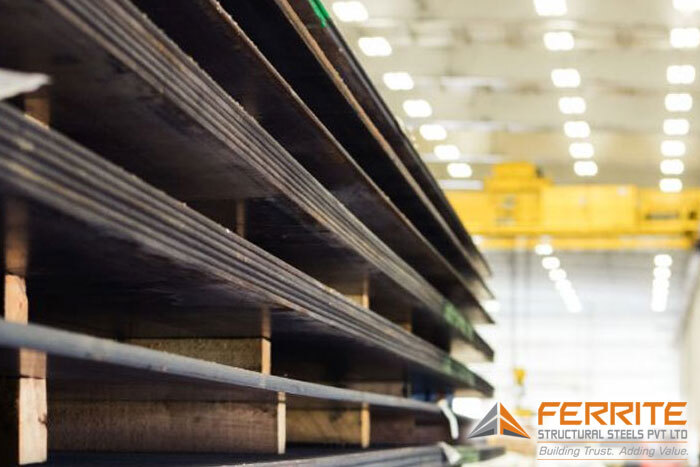
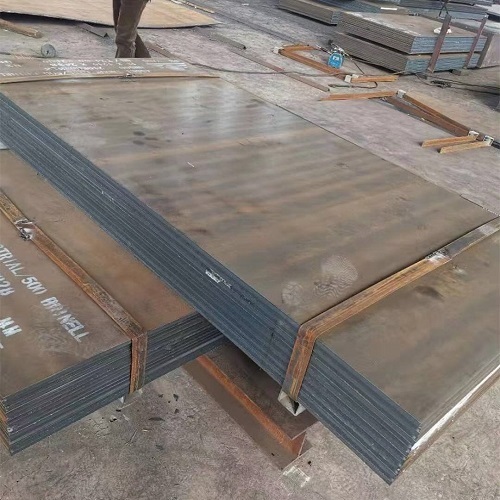
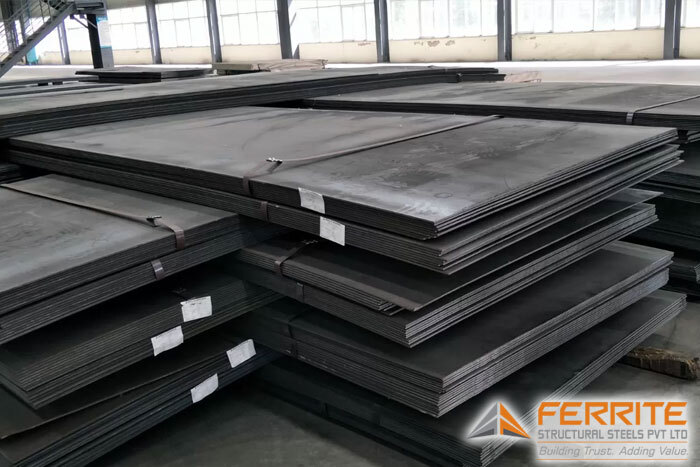
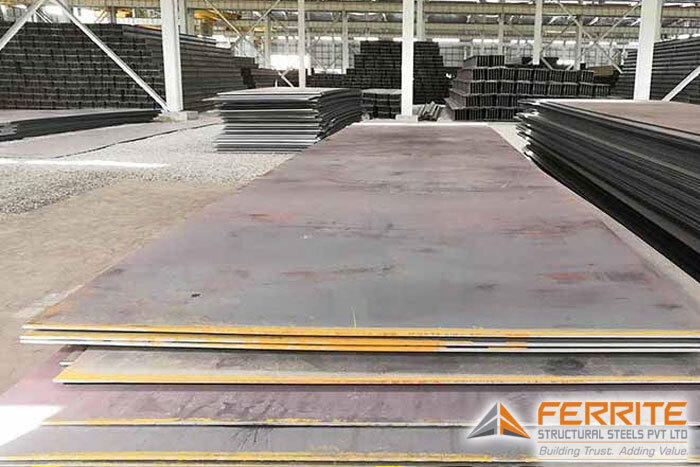
Price 78 INR/ Kilograms
- Minimum Order Quantity
- 1000 Kilograms
- Main Domestic Market
- All India

Price:
- 50
- 100
- 200
- 250
- 500
- 1000+
More Products in Mild Steel Plate Category
IS 2062 E250BO MS plate
Price 74000 INR / Ton
Minimum Order Quantity : 50 Tons
Color : Gray, silver
Shape : Customized
Steel Product Type : Steel Sheets
Steel Type : Mild Steel
S275JR Plate
Price 56 INR / Kilograms
Minimum Order Quantity : 1 Ton Kilograms
Color : Steel , Silver
Shape : Customized
Steel Product Type : Steel Plates
Steel Type : Stainless Steel
EN 10025 S275JR MS plate
Price 74000 INR / Ton
Minimum Order Quantity : 50 Tons
Color : silver. steel
Shape : Customized
Steel Product Type : Steel Sheets
Steel Type : Mild Steel
Chequered Plate
Price 82 INR / Kilograms
Minimum Order Quantity : 1000 Kilograms
Color : Silver,steel
Shape : Customized
Steel Product Type : Other
Steel Type : Stainless Steel


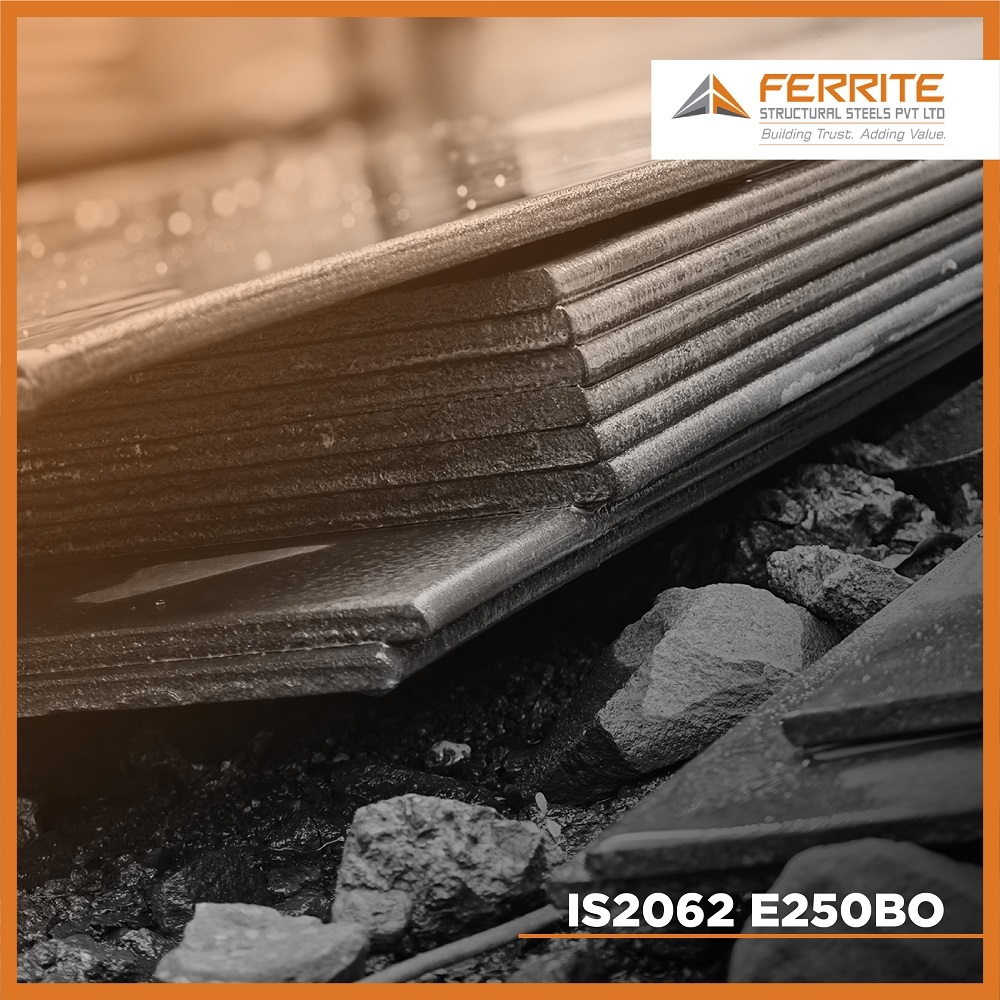
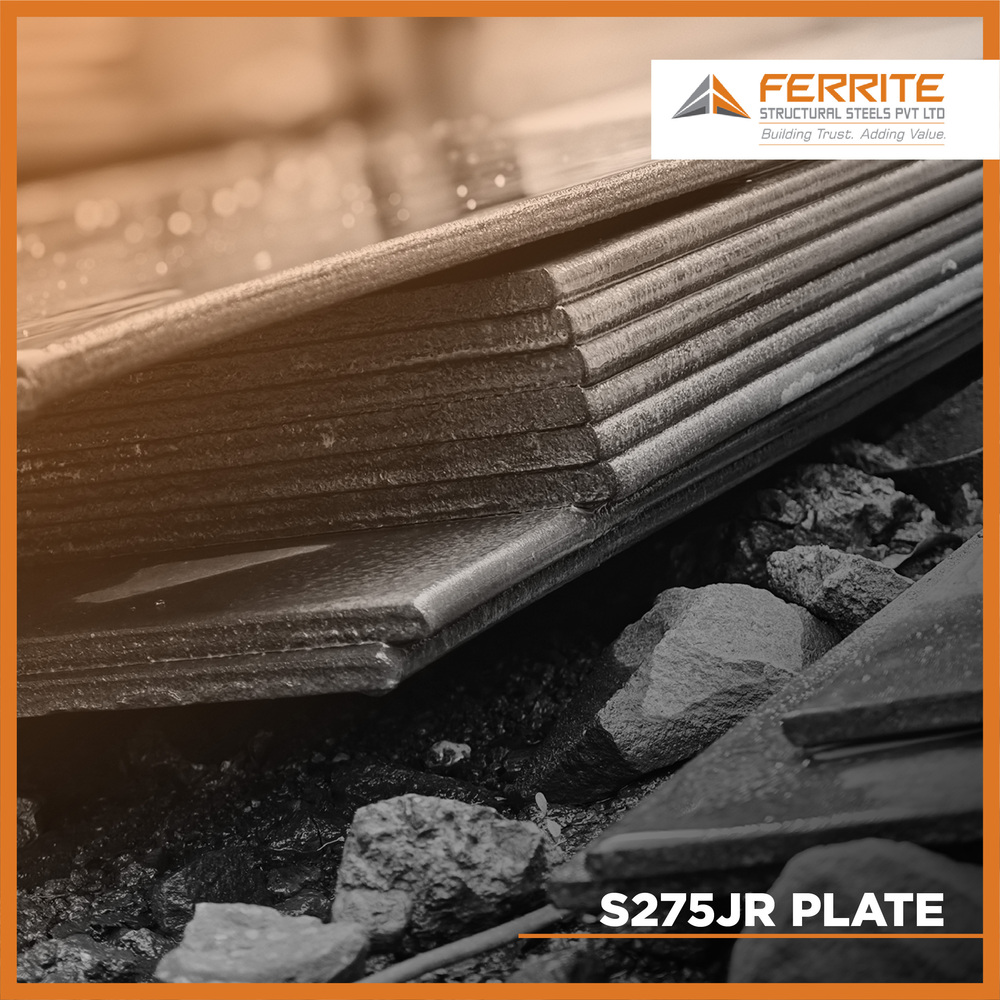
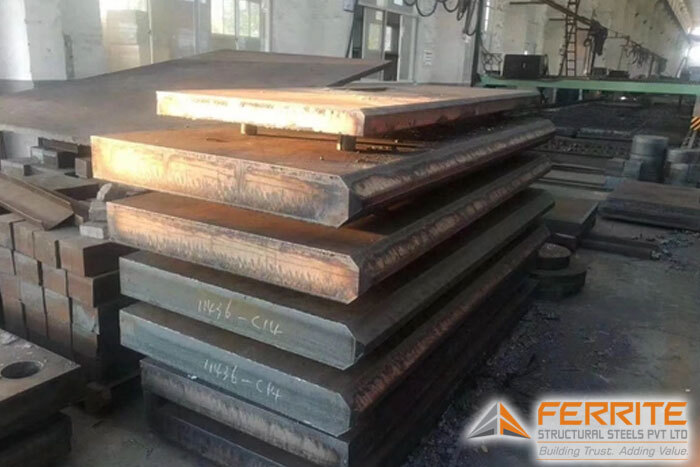
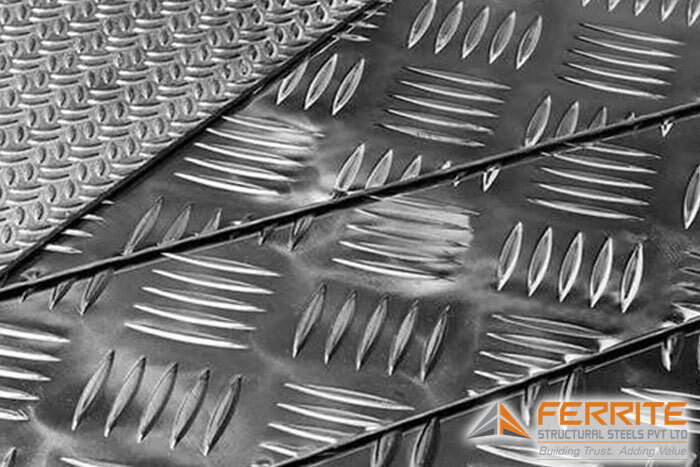
 Send Inquiry
Send Inquiry Send SMS
Send SMS
